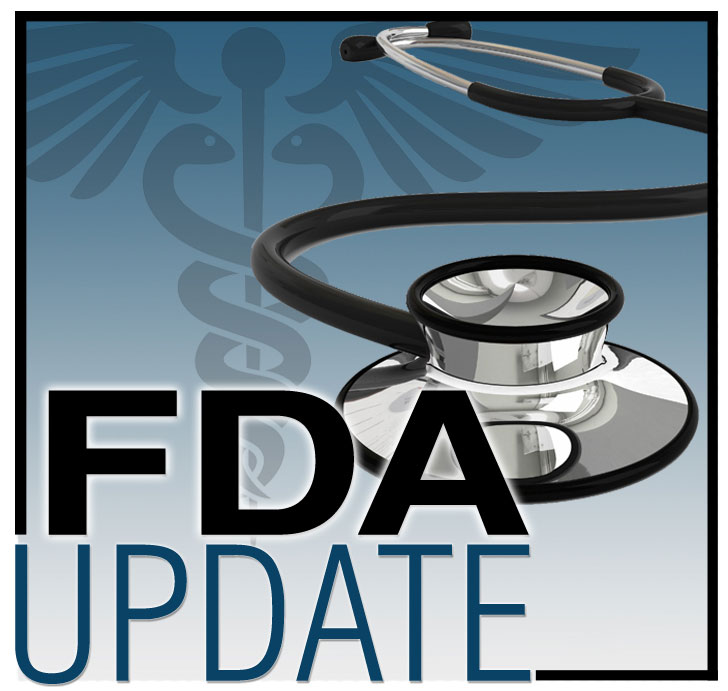- U.S. Food and Drug Administration (FDA) (https://voice.ons.org/topic/us-food-and-drug-administration-fda)
- Breast Cancer (https://voice.ons.org/topic/breast-cancer)
- Targeted Therapy (https://voice.ons.org/topic/targeted-therapy)
- Cancer Treatments (https://voice.ons.org/topic/cancer-treatments)
- Oral Adherence (https://voice.ons.org/topic/oral-adherence)
FDA Approves Inavolisib With Palbociclib and Fulvestrant for Endocrine-Resistant, PIK3CA-Variant, HR-Positive, HER2-Negative, Advanced Breast Cancer
On October 10, 2024, the U.S. Food and Drug Administration (FDA) approved (https://www.fda.gov/drugs/resources-information-approved-drugs/fda-approves-inavolisib-palbociclib-and-fulvestrant-endocrine-resistant-pik3ca-mutated-hr-positive) inavolisib (Itovebi™) with palbociclib and fulvestrant for adults with endocrine-resistant, PIK3CA-variant, hormone receptor (HR)-positive, human epidermal growth-factor receptor 2 (HER2)-negative, locally advanced or metastatic breast cancer, as detected by an FDA-approved test, following recurrence on or after completing adjuvant endocrine therapy (ET).

FDA also approved the FoundationOne Liquid CDx assay as a companion diagnostic device to identify patients with breast cancer who are eligible for treatment with inavolisib with palbociclib and fulvestrant.
Efficacy was evaluated in INAVO120 (NCT04191499), a randomized, double-blind, placebo-controlled, multicenter trial involving 325 patients with endocrine-resistant, PIK3CA-variant, HR-positive, HER2-negative locally advanced or metastatic breast cancer whose disease progressed during or within 12 months of completing adjuvant ET and who had not received prior systemic therapy for locally advanced or metastatic disease. Primary endocrine resistance was defined as relapse while on the first two years of adjuvant ET, and secondary endocrine resistance was defined as relapse while on adjuvant ET after at least two years or relapse within 12 months of completing adjuvant ET.
Patients were randomized 1:1 to receive either inavolisib 9 mg or placebo orally once daily, with palbociclib 125 mg orally once daily for 21 consecutive days followed by 7 days off treatment to comprise a cycle of 28 days, and fulvestrant 500 mg administered intramuscularly (https://www.ons.org/podcasts/episode-326-intramuscular-injections-oncology-nurses-role) on cycle 1, days 1 and 15, and then on day 1 of every 28-day cycle. Patients received treatment until they experienced disease progression or unacceptable toxicity. Randomization was stratified by presence or absence of visceral disease, primary or secondary endocrine resistance, and geographic location in North America/Western Europe, Asia, or other.
The major efficacy outcome measure was investigator-assessed progression-free survival (PFS) per RECIST version 1.1. Additional efficacy outcome measures included overall survival (OS), investigator-assessed objective response rate (ORR), and duration of response (DOR). Median PFS was 15.0 months (95% CI = 11.3, 20.5) in the inavolisib arm and 7.3 months (95% CI = 5.6, 9.3) in the placebo arm (HR = 0.43 [95% CI = 0.32, 0.59] p < 0.0001). ORR was 58% (95% CI: 50, 66) in the inavolisib arm and 25% (95% CI = 19, 32) in the placebo arm. Median DOR was 18.4 months (95% CI = 10.4, 22.2) and 9.6 months (95% CI = 7.4, 16.6), respectively. Interim analysis of overall survival based on 63% information fraction did not reach statistical significance but supported the overall benefit risk assessment with a HR of 0.64 (95% CI = 0.43, 0.97).
The most common adverse reactions reported in at least 20% of patients, including laboratory abnormalities, were decreased neutrophils, decreased hemoglobin, increased fasting glucose, decreased platelets, decreased lymphocytes, stomatitis, diarrhea, decreased calcium, fatigue, decreased potassium, increased creatinine, increased ALT, nausea, decreased sodium, decreased magnesium, rash, decreased appetite, COVID-19 infection, and headache.
The recommended inavolisib dose is 9 mg taken orally once daily, with or without food, until patients experience disease progression or unacceptable toxicity. View the full prescribing information for inavolisib on Drugs@FDA (https://www.accessdata.fda.gov/scripts/cder/daf/index.cfm) for palbociclib and fulvestrant dosing information.
The FDA conducted the review under Project Orbis (https://www.fda.gov/about-fda/oncology-center-excellence/project-orbis), an initiative of the Oncology Center of Excellence (OCE). Project Orbis provides a framework for concurrent submission and review of oncology drugs among international partners. For the review, FDA collaborated with the Australian Therapeutic Goods Administration, Health Canada, and Switzerland’s Swissmedic. The application reviews are ongoing at the other regulatory agencies.
The applicant used the Assessment Aid (https://www.fda.gov/about-fda/oncology-center-excellence/assessment-aid) to facilitate the FDA’s review. The FDA granted the application priority review and breakthrough designation and approved the application seven weeks ahead of the agency’s goal date. FDA’s expedited programs are described in the Guidance for Industry: Expedited Programs for Serious Conditions—Drugs and Biologics (https://www.fda.gov/regulatory-information/search-fda-guidance-documents/expedited-programs-serious-conditions-drugs-and-biologics).
Healthcare professionals should report all serious adverse events suspected to be associated with the use of any medicine and device to FDA’s MedWatch Reporting System (https://www.accessdata.fda.gov/scripts/medwatch/index.cfm) or by calling 800-FDA-1088.
For assistance with single-patient applications for investigational oncology products, healthcare professionals may contact OCE’s Project Facilitate (https://www.fda.gov/about-fda/oncology-center-excellence/project-facilitate) at 240-402-0004 or email OncProjectFacilitate@fda.hhs.gov (mailto:OncProjectFacilitate@fda.hhs.gov).
